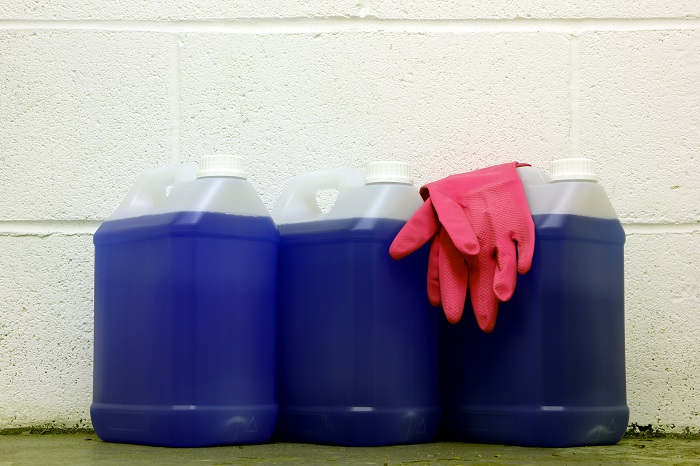Isopar M is a highly pure, odorless isoparaffinic solvent used in a range of industries. Why? Because of its low toxicity, clean evaporation, and...
Blog


CHEMICAL INDUSTRY NEWS
Chemical Chat – Discover What’s New!
Hydrofluoroether Solvent Guide
With all the industrial solvents available on the market, it can be overwhelming to find one that works well and has a low toxicity. Luckily,...
White Oil in Food Packaging Applications: What You Need to Know
White Oil in Food Packaging Applications: What You Need to Know White oil is an extremely versatile oil with many benefits—especially for the food...
What is Isopar L Used For?
Looking for insight into Isopar L? You’ve come to the right place. In this blog post, we’re going to take a closer...
Hydrofluoroether Solvent Guide
With all the industrial solvents available on the market, it can be overwhelming to find one that works well and has a...
Company News

Managed Services
Discover the Latest in Safe and Sustainable Chemical Solutions
Stay informed with Ecolink’s blog! Subscribe now
Chemical Management Information
Stay updated with us
Sign Up for the Latest Updates
Stay informed about chemical supply chain disruptions and emerging innovations to keep your business at the forefront of efficiency and innovation. Uncover new ways to make your business practices more sustainable by incorporating safer products into your cleaning lineup.


























